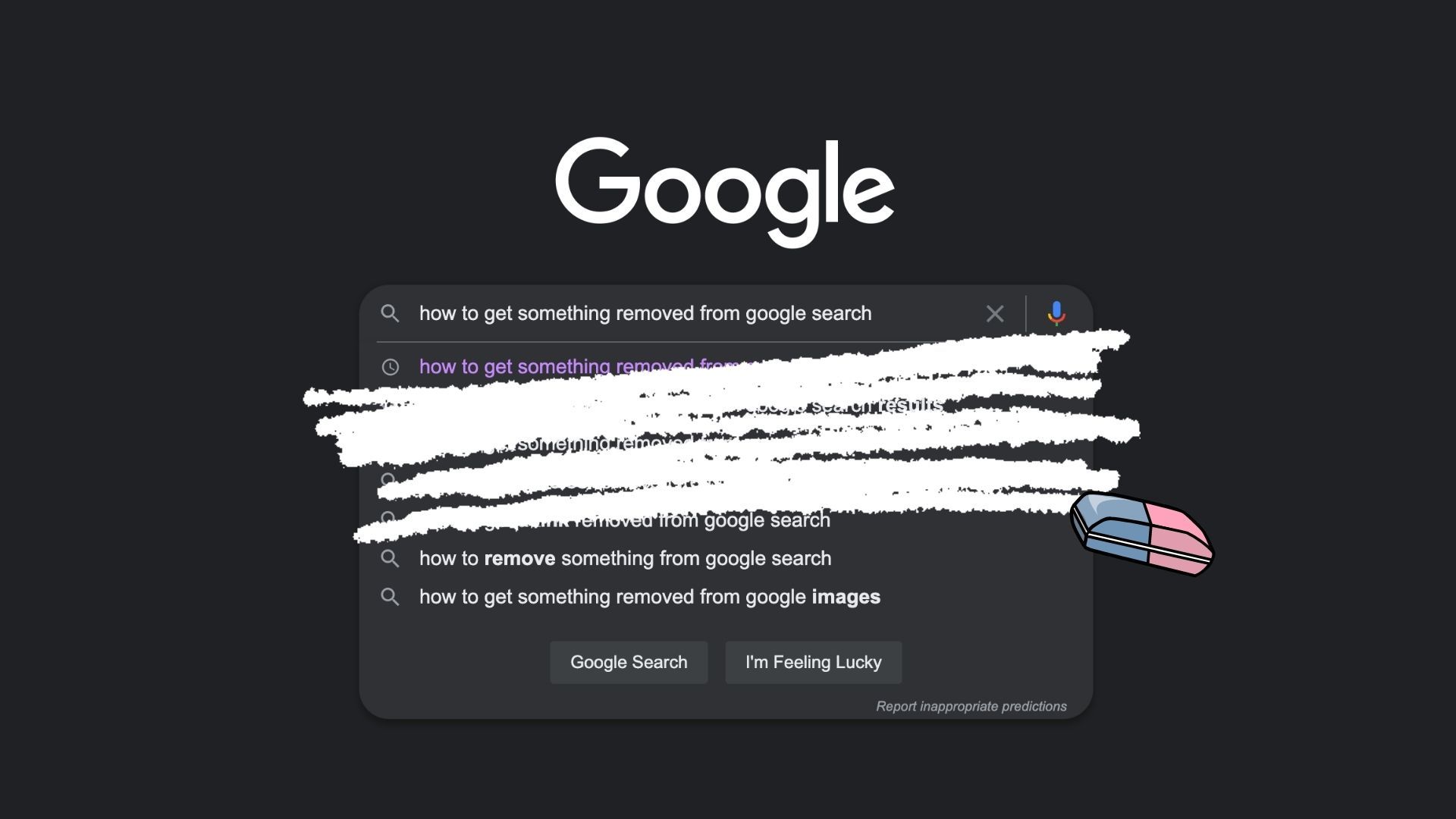Google’s web crawlers are constantly sifting through the internet, and the sheer amount of data they comb through is astonishing. That is why most of us turn to the service when searching for answers. However, as it sometimes happens, information that you might not want to share publicly or is incorrect finds its way into Google’s search results. If you’re wondering whether you can get it removed, we’ve got you covered because there is something you can do about it.
Google has a system in place that lets you appeal to get search results removed as long as they meet a specific set of guidelines. At the time of writing, Google offers removals for the following kind of content from Search:
- Remove non-consensual explicit or intimate personal images
- Remove involuntary fake pornography
- Remove content about me on sites with exploitative removal practices
- Remove select personally identifiable information (PII) or doxxing content
- Remove images of minors
- Remove irrelevant pornographic results for one's name
Each of the removals mentioned above has specific requirements, and as long as your request meets them, you can file for removal. In addition to the kind of removals mentioned above, you can also get content removed for legal reasons or if it’s outdated. The former includes intellectual property issues such as counterfeiting, trademarks, and copyright infringement. You can use this legal troubleshooter form to file removal for legal reasons. To remove a search result that has already been removed from the source website, use this form. If a change has been made to a live page, you needn’t fill any form as Google routinely re-crawls webpages and updates its search results to reflect any changes.
What information do you need to submit to remove content from Google Search?
The nature of the information required will change slightly depending on your type of request, but this is the information you should expect to be ready with before you file for removal.
- URL of the Google page that shows the result
- URL of the webpage that is hosting the content
- The query terms that surface the content in Google Search
- Name of the person whose content is in question
- Contact details
- Screenshots of the content
Once all the the ncessary information, you can use this form to submit a removal request.
What happens after you submit your request?
Once you submit a request, you will receive a confirmation email, and a dedicated team will review the information submitted. If the information provided is sufficient, Google will remove the content from its search results. If there's not enough information to complete the request, Google will notify and offer a brief explanation on why it cannot honor the request. If you come across any additional materials that can work in favor of your request, there’s an option to re-submit the request.
Google doesn’t provide an estimate on how much time it’ll take for the content to be taken down if it does approve the request. This depends on the nature of the request and could take days, if not weeks.
Even if Google approvals your request, there's a chance that the content you want to be removed will continue to appear in search results. For instance, your embarrassing Facebook post might still be picked by Google because Facebook hosts the same content on slightly different URLs. This is a practice followed by a lot of websites and removing one link sometimes may surface other links. If you really want to make sure that the content doesn't come up again, you'll have to gather all such links (someone used a Python script to do it) and submit them to Google when making a request. Yes, getting stuff removed from the internet is not an easy task at all.
Removing Google Search results is not the same as getting them off the web
It’s important to note that Google is only a search engine, and removing content from its results won’t actually get the content off the internet. Hence, it’s always recommended to reach out to the website that’s hosting the content since this information can still be discovered by people accessing the website or those using other search engines. If you’re not sure who to contact regarding content takedown, the “Contact Us” page on the concerned website should be a good place to start. If you're concerned about your privacy in general, you may want to use a good VPN to obscure some of your details on the internet. You can also minimize your data footprint and ask data brokers to remove your profile from its databases.

